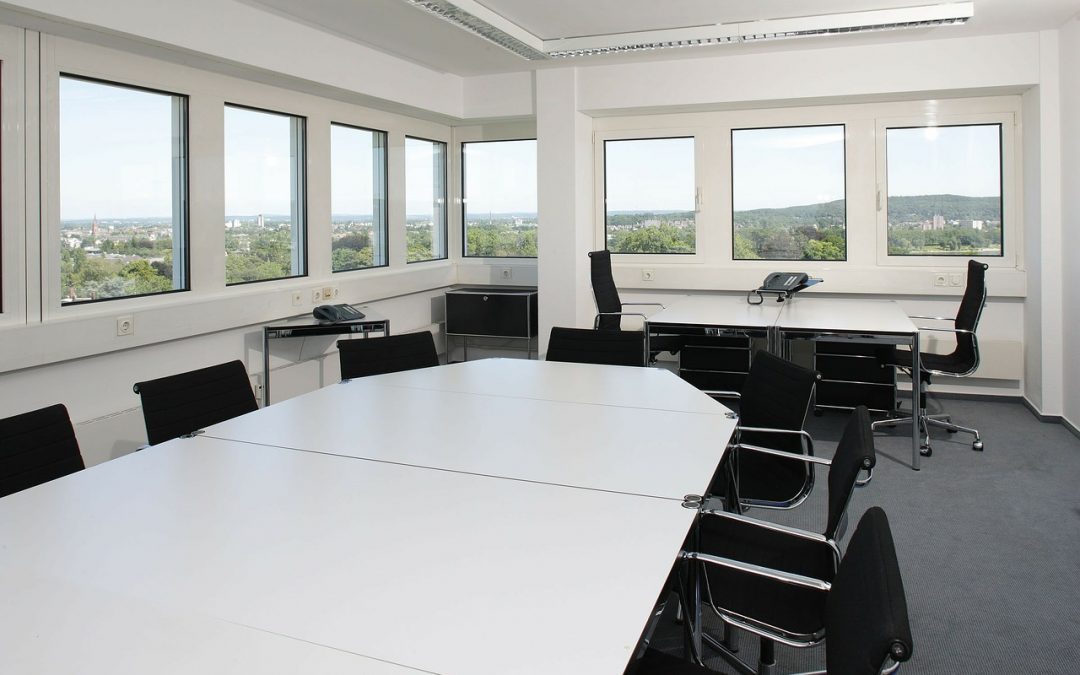Meetings are a common source of divided opinions. Some attendees will insist that they are a waste of time and resources. Others consider them to be invaluable for communicating. Still others are on the fence, seeing both advantages and disadvantages. Whichever side you may fall on, meetings are still common enough to warrant conducting them properly.
Meetings can assist teamwork

When we took a slightly different look at the basis of teamwork in a previous article, we discussed how it assists people in overcoming group challenges. The same attributes that allow teams to compete successfully can be used in meetings to bring the group closer and make them more effective.
The trick, however, is to set a goal or target, with set objectives, prior to the group coming together. This allows members to apply themselves in advance. That way, each individual has something to contribute to the gathering.
Having teams meet regularly also attached personal interactions to their efforts. People are reminded that they are working together, for a common cause. In projects requiring cooperation, verbal and visual interaction is a boon and should not be totally omitted in favour of time.
Skills for meetings are not difficult
In fact, meeting skills are nothing other than good habits and planning. We’ve discussed how soft skills can have a vital impact on task application. Running meetings effectively is no different. There are a number of critical aspects to consider, though fortunately they are relatively easy to manage. For a typical work-related meeting:
- Keep the gathering as short as possible
- Meet at pre-planned and convenient times
- Offer information before meeting so members are prepared
- Allow everyone the chance to contribute
- Take notes, summarise them and send them to attendees
- Make sure people receive tasks to complete, along with deadlines
For maximum effect, consider a short training course on running and attending meetings.
Location, location, location
Meetings ought to inspire thought, achievement and progress. In order to communicate all this, it’s worth holding a meeting in a place that promotes such attributes. What constitutes an ideal location is subjective, though. To get the best out of a meeting locale, ask around. Hold an opinion poll with staff, offer choices and alternatives, or try changing where you meet periodically.
There are meeting rooms and there are meeting rooms, but the ones that stand out tend to have a wow factor of some kind. It’s easy to browse around and create an ideal one for your organisation, though we found some inspiring ones (as well as a few top suggestions) on this Career Geek post from 2014.
Too many passive people is not a meeting
Having a single person spend the duration of a meeting talking to the other attendees is not what a meeting is about. That’s a presentation. Depending on the information conveyed, it may be better to give it to them another way.
Meetings are about interaction. The more the better. Regardless of whether it’s two or ten people talking, the idea is to involve everyone. If you suspect that a person or persons may not be contributing, consider asking them whether they feel it would be worthwhile attending in the first place.
Resource allocation and use
Do you find yourself scrambling for board markers? Keep trying to find cables or adjust the lights? If you use certain items or bits of tech commonly in your meetings, consider making them a permanent feature of the location. It’ll make your gatherings flow smoothly and mitigate time wasted while searching.
It also helps your professional appearance when meeting with 3rd parties. Nothing says “unprepared” quite like setting up the audio-visual equipment in front of a client.
Adept’s Managing Director inspired this article and provided much of the information to the author.

